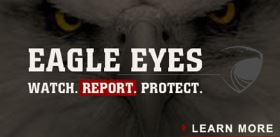By Larry Burke, NMMC Aviation Curator
Most of the aircraft in the National Museum of the Marine Corps (NMMC) have taken a straightforward path on their journey into the collection. They flew for the Marine Corps before being “stricken” from active service because of an accident, coming to the end of the allowed hours of flight time, or simply because the military decided to stop operating that type of aircraft. But the UH-34D on exhibit in the NMMC Leatherneck Gallery took a more circuitous path to the Museum.
Most of the aircraft in the National Museum of the Marine Corps (NMMC) have taken a straightforward path on their journey into the collection. They flew for the Marine Corps before being “stricken” from active service because of an accident, coming to the end of the allowed hours of flight time, or simply because the military decided to stop operating that type of aircraft. But the UH-34D on exhibit in the NMMC Leatherneck Gallery took a more circuitous path to the Museum.
The aircraft, UH-34D Bureau Number (BuNo) 150570, was delivered to the Marine Corps in October 1963, and was immediately sent to Vietnam where it spent the next six years. Marine Corps practice at the time was to rotate aviation squadrons out of Vietnam after a period, but leave the aircraft in place, to be taken over by the relieving unit. Thus, BuNo 150570 cycled through several squadrons over that period: Marine Medium Helicopter Squadron (HMM)-163 (twice), HMM-361 (three times), HMM-364, HMM-162, HMM-365, HMM-161, HMM-263, HMM-363, and HMM-362. The helicopter finally returned to the United States in June 1969, where it was soon assigned to a Marine Air Reserve Training Division in Atlanta. It spent about two years as a training aircraft before being stricken and sent in early 1972 to Arizona’s Military Aircraft Storage and Disposition Center, now known as the Aerospace Maintenance and Regeneration Group (AMARG) or just the “Boneyard.”
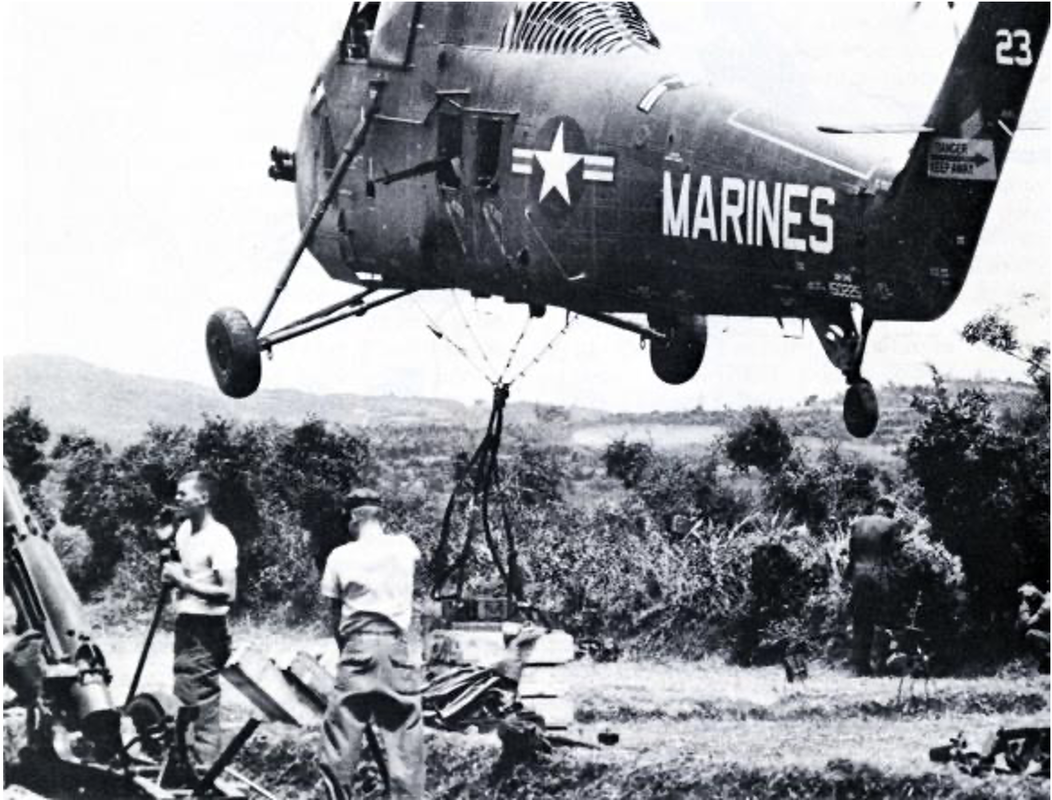
Operation Starlite—UH-34D helicopters from HMM-361 transported 107mm howitzers (a 107mm mortar tube mounted on a pack howitzer chassis) from 3d Battalion, 12th Marines, into position in August 1965. This image was used during the re-painting of BuNo 150570 to determine size and placement of various markings. USMC Photograph.
It was later acquired by Orlando Helicopter Airways, a business that purchased and refurbished old military helicopters both for sale and for its own use. Some of the helicopters were even turned into flying RVs! BuNo 150570 was registered with the Federal Aviation Administration (FAA) to Orlando Helicopter Airways from 1981 to 1994, although registration does not necessarily mean it was flying. It is likely that BuNo 150570 was intended for a remanufacture that never occurred, whether a simple upgrade to turbine engines or a full RV makeover. Orlando Helicopter Airways sold it sometime after its registration lapsed, and by 2000, the airframe was in an aircraft resale yard in Arizona, stripped of its engine and other parts. This is where Marine Helicopter Squadron 361 Veterans Association found it.
The Association had formed a few years earlier, its origins in a 1988 USMC Vietnam Helicopter Association reunion. One of the attendees was Alan Weiss who had been a CH-53 crew chief in Vietnam with Marine Heavy Helicopter Squadron HMH-361, the “Flying Tigers.” The unit had first deployed to Vietnam in 1962 as HMM-361 which flew the HUS-1 as the UH-34D was known before the Department of Defense standardized aircraft designations in 1962. During the 1988 reunion, a privately-owned UH-34D flew a demonstration over the crowd. Weiss was among those watching the flight. He took note of the emotional reaction of his fellow veterans, many of whom had worked with or flown in the “Huss” (from its HUS designation) or “Dog” (from the last letter in UH-34D). It was at that point that he decided to purchase and operate a UH-34D as a flying memorial. Weiss assembled a few like-minded veterans who soon formed the Marine Helicopter Squadron 361 Veterans Association to find, acquire, restore to flying condition, and operate a UH-34.
The Association had formed a few years earlier, its origins in a 1988 USMC Vietnam Helicopter Association reunion. One of the attendees was Alan Weiss who had been a CH-53 crew chief in Vietnam with Marine Heavy Helicopter Squadron HMH-361, the “Flying Tigers.” The unit had first deployed to Vietnam in 1962 as HMM-361 which flew the HUS-1 as the UH-34D was known before the Department of Defense standardized aircraft designations in 1962. During the 1988 reunion, a privately-owned UH-34D flew a demonstration over the crowd. Weiss was among those watching the flight. He took note of the emotional reaction of his fellow veterans, many of whom had worked with or flown in the “Huss” (from its HUS designation) or “Dog” (from the last letter in UH-34D). It was at that point that he decided to purchase and operate a UH-34D as a flying memorial. Weiss assembled a few like-minded veterans who soon formed the Marine Helicopter Squadron 361 Veterans Association to find, acquire, restore to flying condition, and operate a UH-34.
In 2000, the Association had raised enough funds to purchase a helicopter. Weiss and three others went to Tucson, Arizona, to look at UH-34s for sale. They looked at over 300 aircraft, all former Army helicopters, before finding a handful of airframes that had served with the Marine Corps. After further research, Weiss identified five that had served with HMM-361. BuNo 150570, though gutted, was in the best shape. The paperwork on the aircraft confirmed its lengthy service with the Marines in Vietnam, including three tours with HMM-361. The Association bought the helicopter and in July 2001, shipped it by truck to Jamesport, New York, to a rented barn used as a restoration hangar.
Restoration of the helicopter took more than four years. Alan Weiss recorded over 40,000 hours of volunteer work on the restoration before he stopped keeping track, in addition to more than $350,000 in parts and services, some purchased, some donated. Two volunteers who had dedicated many hours of their time were members of HMM-361 in Vietnam when it was still flying UH-34Ds.
In May 2004, a group of HMM-361 veterans calling themselves “Tweed’s Tigers,” held their reunion in Jamesport so they could help with the restoration. The name came from their service in the squadron in Vietnam when it was commanded by LtCol McDonald Tweed (1965-66). The end result of all the time, money, and effort came when the restored BuNo 150570 flew again on 13 November 2005 on its first check flight. It had been painted to reflect its service with HMM-361 during a 1965 deployment to Vietnam, including the ship number, “YN-19,” that it wore at the time. One anachronistic addition was the name “Gracious Lady Bev” in script under the cockpit windows on each side, in honor of Weiss’s wife, Beverly. Weiss had given a lot of his time and money to the restoration and frequently hosted volunteers and others associated with the project in his home. The name on the helicopter was an acknowledgement and gratitude to Beverly for all she had endured during this time.
In May 2004, a group of HMM-361 veterans calling themselves “Tweed’s Tigers,” held their reunion in Jamesport so they could help with the restoration. The name came from their service in the squadron in Vietnam when it was commanded by LtCol McDonald Tweed (1965-66). The end result of all the time, money, and effort came when the restored BuNo 150570 flew again on 13 November 2005 on its first check flight. It had been painted to reflect its service with HMM-361 during a 1965 deployment to Vietnam, including the ship number, “YN-19,” that it wore at the time. One anachronistic addition was the name “Gracious Lady Bev” in script under the cockpit windows on each side, in honor of Weiss’s wife, Beverly. Weiss had given a lot of his time and money to the restoration and frequently hosted volunteers and others associated with the project in his home. The name on the helicopter was an acknowledgement and gratitude to Beverly for all she had endured during this time.
The helicopter made its first public appearance in March 2006. The occasion was a ceremony at MCAS New River, North Carolina, activating Marine Medium Tiltrotor Squadron (VMM)-263. The new squadron had HMM-263 in its lineage; BuNo 150570 had served with that squadron as well. From that point, the Association operated the helicopter as “Freedom’s Flying Memorial,” fulfilling Alan Weiss’s dream of a flying memorial to HMM/HMH-361 and all veterans who flew in Marine helicopters during the Vietnam War. The Association took the helicopter to air shows, reunions, ceremonies, and even veterans’ funerals. At the end of 2008, however, they realized that keeping the aircraft in flying condition and covering operational costs would soon become too much for them to bear; they began a dialogue with the National Museum of the Marine Corps (NMMC) about a possible donation.
The Marine Helicopter Squadron 361 Veterans Association decided in 2012 that the tipping point had been reached: operating costs were exceeding what the Association generated in appearance fees, souvenir sales, and donations. Discussions with the NMMC culminated in the helicopter’s final flight on 8 November 2013, its delivery to the Museum.
Even after a decade of flight operations, BuNo 150570 was in good condition and the only major restoration work required was to repaint it. While the Association had painted and marked the UH-34D as it would have appeared during one of its tours with HMM-361 in 1965, there were enough cumulative “touch-ups” that the Museum decided it was easier to repaint everything. One thing NMMC staff did not touch were the “Gracious Lady Bev” markings. Though not on the aircraft in 1965, they were left in place as a nod to the restoration work of, and history with, the Marine Helicopter Squadron 361 Veterans Association.
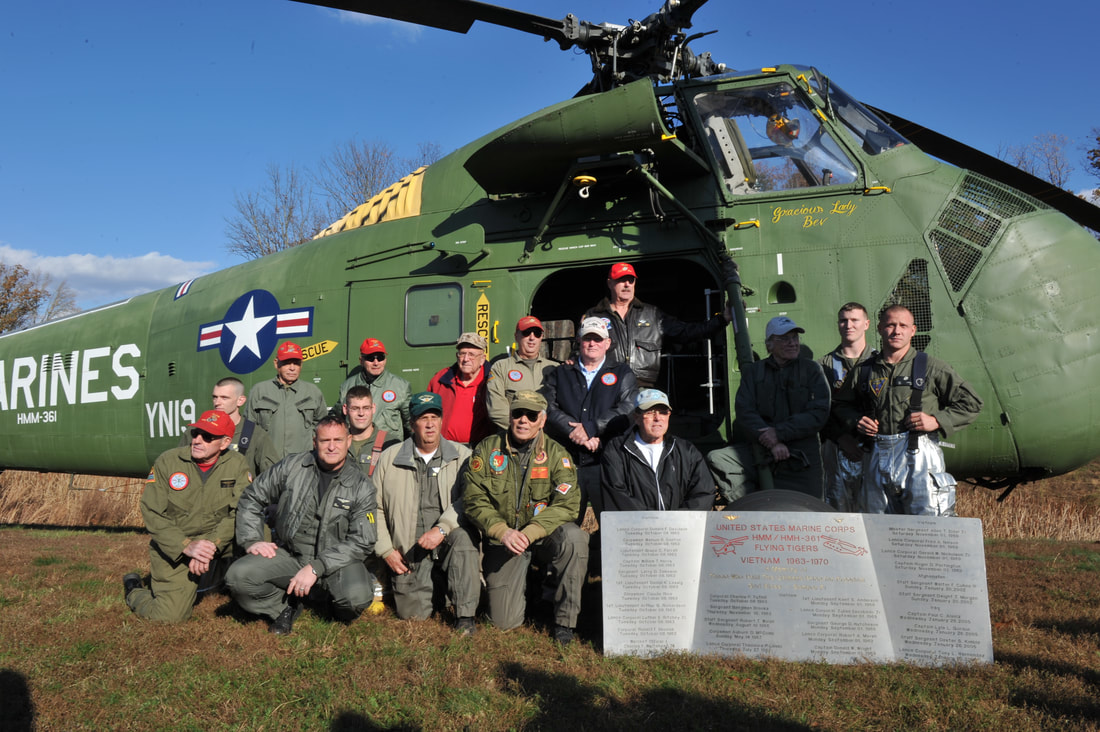
Members of the Marine Helicopter Squadron 361 Veteran's Association gather for a group photo after presenting the Sikorsky UH-34D to the National Museum of the Marine Corps (NMMC), Triangle, Va., Nov. 8, 2013. This helicopter flew numerous medevac and combat missions during the Vietnam War, and will be prepped for display at the NMMC in 2016. (U.S. Marine Corps photo by Kathy Reesey/Released)
The NMMC installed the UH-34D on exhibit in Leatherneck Gallery, replacing a Korean War-era HRS-1/UH-19 helicopter tableau. This was especially appropriate given that when the HUS/UH-34 came out, it replaced the HRS/UH-19 in Marine squadron service. Since the markings on BuNo 150570 were already period-appropriate to 1965, NMMC staff decided that the new tableau would depict Operation Starlite, which occurred in August of that year. Starlite was significant as the first major offensive of the Vietnam War conducted by an entirely American fighting force. Prior to this, U.S. military forces had merely advised or supported South Vietnamese forces. Starlite represented the “Americanization” of the Vietnam War: using U.S. forces to directly fight the North Vietnam Army and National Liberation Front, the communist insurgent forces in South Vietnam. BuNo 150570 had actually flown in Starlite as part of HMM-361, so the choice of the setting aligned with this helicopter’s history.
Swapping out the helicopters was a major effort that needed careful planning. It took time to design the details of the new tableau and assemble the pieces along with period-appropriate uniforms on the cast figures. The new tableau was installed in early 2016. Even then, work was not finished: some markings were not painted on the helicopter until it was lifted into place, time was needed to build the diorama around the aircraft on its stand, and the main and tail rotor blades were not installed until 2017 when nearby temporary walls were removed. Since then, the helicopter has been a significant draw, greeting visitors as they come into the Museum.
From its manufacture and delivery to the Marine Corps in 1963, a long career spent carrying Marines in Vietnam, to a private company that might have wanted to make it into a flying RV, to its discovery as a hulk in a dealer’s yard, to its acquisition, restoration, and operation by a group of dedicated veterans, the UH-34D bearing Bureau Number 150570 has had a long and unusual path to becoming a significant exhibit artifact at the National Museum of the Marine Corps.


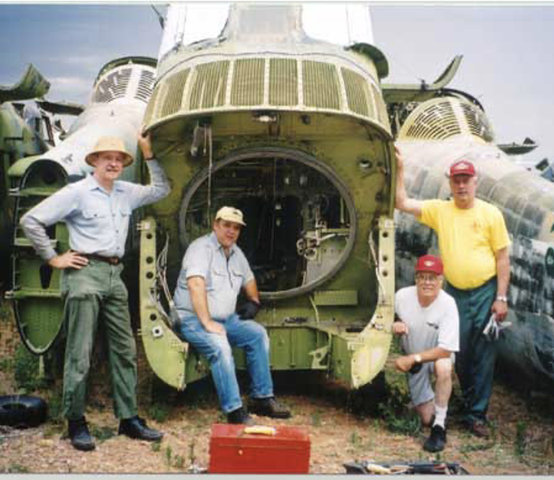
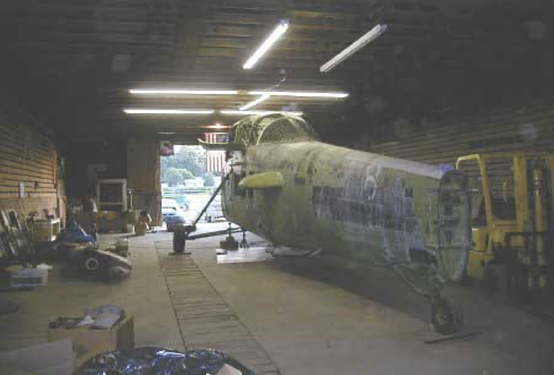
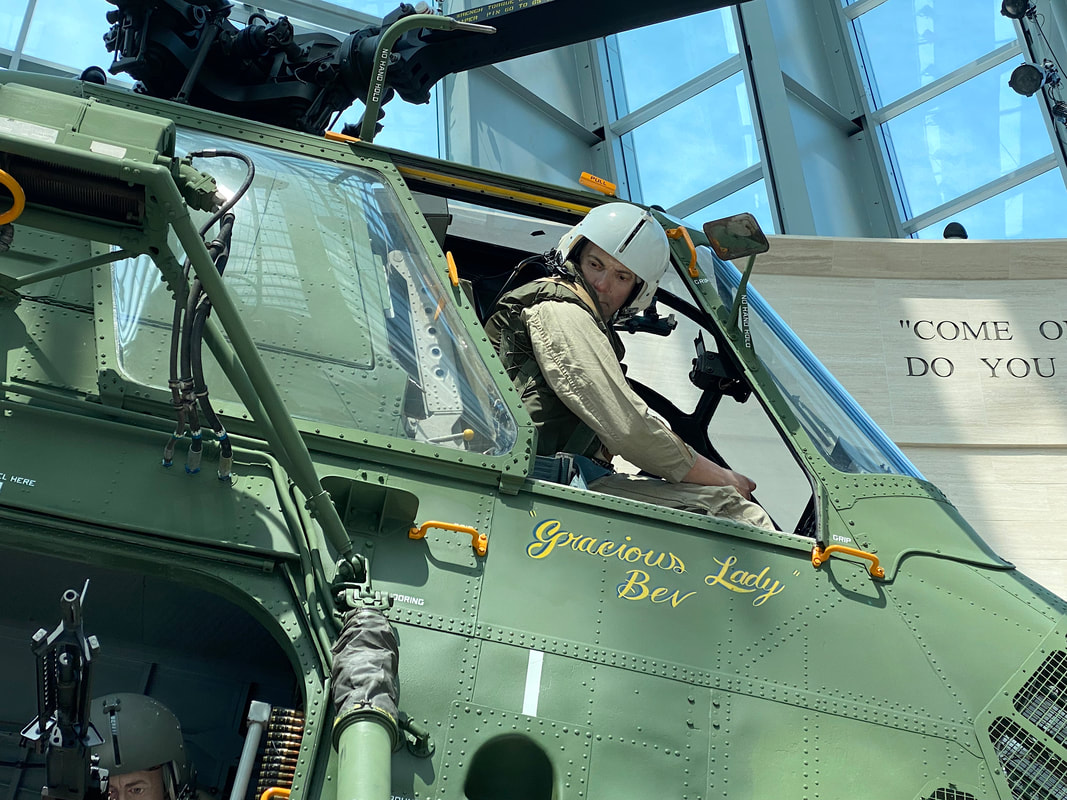

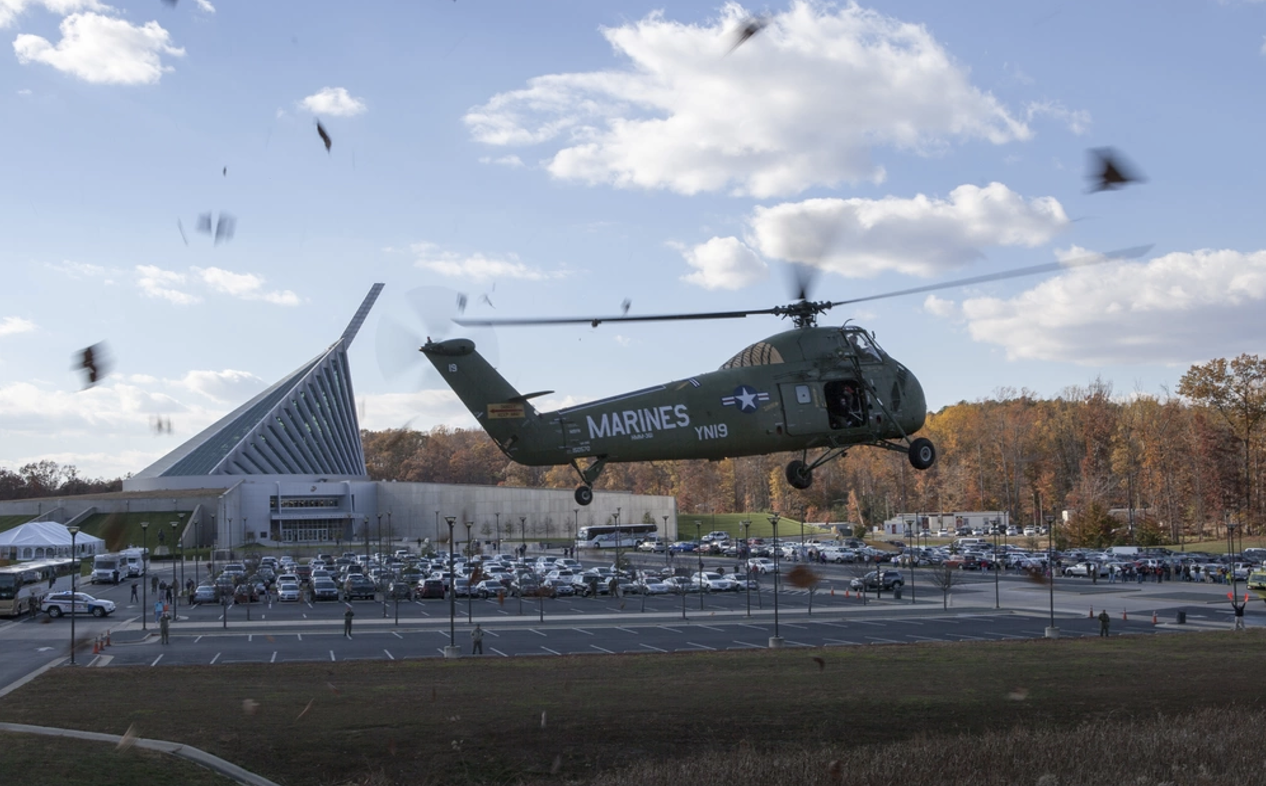
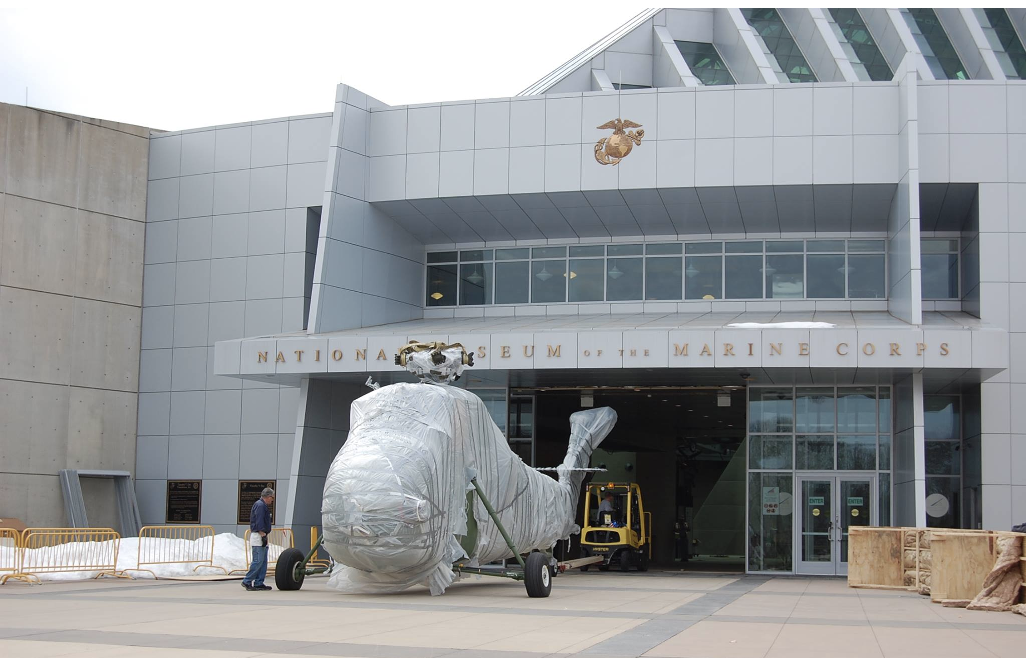
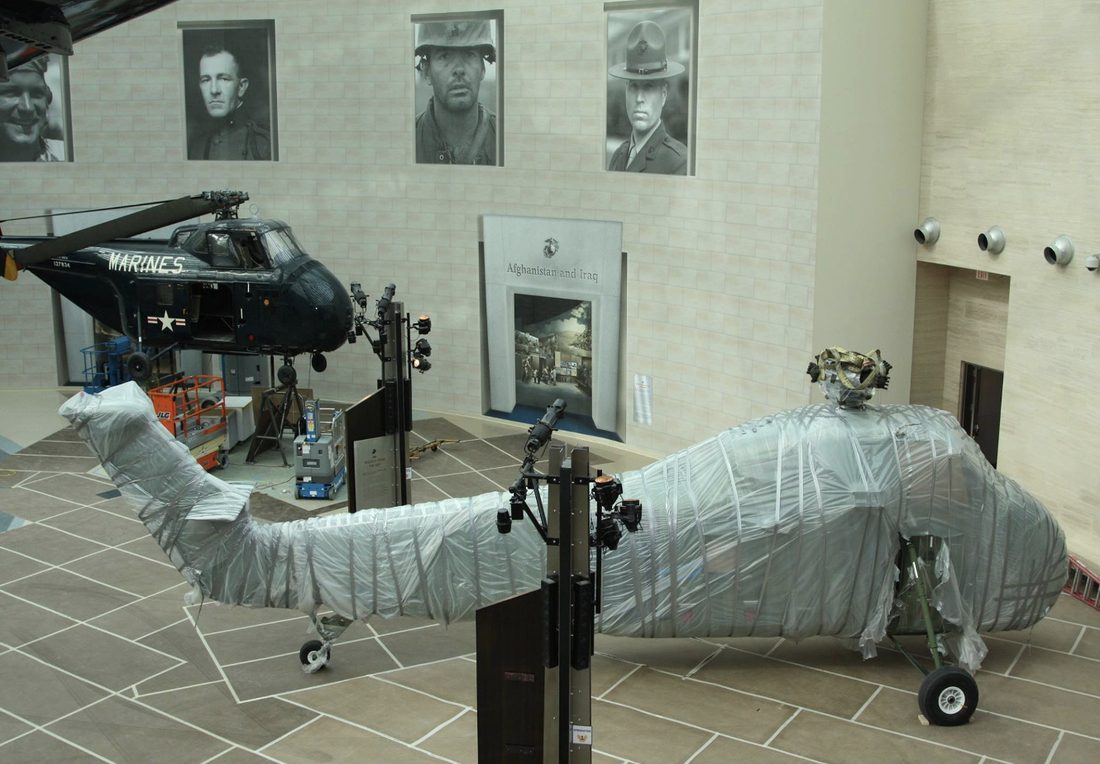
 RSS Feed
RSS Feed


